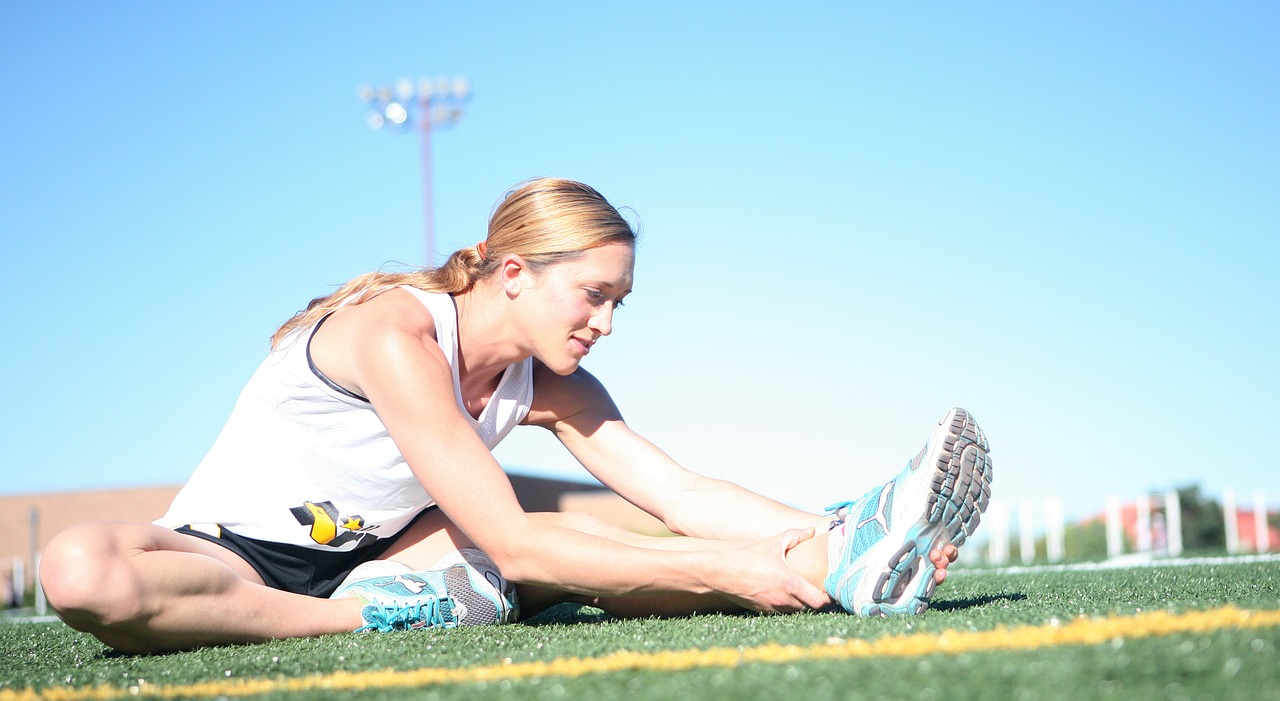Posted on July 23, 2015 by Jenny Cromack
I guarantee that if there is a part of an exercise plan most people miss or choose not to do it is the warm up. Warming up is often seen as a waste of time, and not necessary, but it can be vitally important and can often be the one thing standing between you and a personal best or the thing that will keep those injury niggles at bay.
What is a warm up?
A warm up is a series of pre-exercise activities that are designed to prepare you both physically and mentally for exercise or competition.
One of the aims of the warm up is to Increase Body Temperature and Heart Rate, this has several effects on the body:
- Muscles will become a lot more elastic and extensible as they heat up. If the muscles can stretch more easily then this will reduce the likelihood of muscle strain and tear.
- The blood vessels in the body dilate as we raise the temperature which increases the delivery of oxygen and nutrients to the muscles.
- Our metabolism increases and the functions of the body can operate more efficiently as a result. For example, the muscles ability to efficiently contract will be improved.
Once we have raised our body temperature and increased our heart rate we need to stretch our soft tissues. This is best done after we have increased our temperature because of the above heat effects on muscle, we don’t want to be pulling on cold, tight muscles. However, when we say stretch – we don’t mean static stretching, we mean dynamic stretching (see examples below). What does stretching do?
- Exactly what it says on the tin, stretch the muscles and tendons.
- This helps realign our muscle and tendon fibres into a more functional arrangement.
- It also helps stretch out any scar tissue from any injury, or exercise related muscle damage.
- Most importantly it improves resting muscle length, and thus increases the range of movement that this muscle can work through comfortably.
The third part of the warm involves Mobilising the joints, and loosening the joints off. This has several beneficial effects:
- Stretches out tight joint capsules and ligaments
- Loosens “sticky joints”
- Activates neural pathways
The fourth part should include some activity specific movement patterns. For example if you are weigh training you should put some lighter weights into your routine that replicate the movements you will be doing. This helps with the following:
- Activate specific neuro-muscular pathways
- Ease you into the movement patterns
By making sure we are warmer, blood is pumping, and muscles and joints are loose and in an optimal state we will achieve the following:
- Optimal range of movement, meaning we can move freely and comfortably through our activities.
- Increase the delivery of nutrients and oxygen to the working muscles, meaning we will be able to work more efficiently.
- Improve our mind-muscle connection making our movements smoother and more automatic.
- All of the above will ensure that we will be at minimal risk of injury.
How should I warm up?
- Increasing body temperature and heart rate:
This can include any movement or exercise that causes you to increase your breathing and heart rate. This may be some walk-to-jog progress, rowing, cycling, or body weight movements such as jumping variations, lunges, squats, press ups etc. Try make this specific to your activity. A general body weight example is as follows:
- Bodyweight squats x 20
- Mountain Climbers x 20
- Star Jumps x 20
- Mini Step Ups x 20
Repeat the above 2-3 times
2. Stretching:
I would choose dynamic stretches for you warm up as this can be an extension of the heart rate and temperature increase. Then save your static stretches for your cool down. Here is an example routine:
- Alternate leg lunges with chest opener x 20
- Calf pumps x 20
- Alternate straight leg kicks x 20
- Spiderman strides x 20
- Alternate heel kicks x 20
3. Mobilisation:
This simply involves rolling the joints through there motions.
- Hip clams x 15 each leg
- Shoulder circles x 20 forwards, 20 backwards
- Lumbar rolls x 20
4. Activity Specific (for weight training):
- Barbell only push press x 10
- Barbell only squat x 10
- Barbell only deadlift x 10
Take Home Message…
This routine and warming up in general will not take a huge amount of time out of your session and could be the difference between being injured and not, or achieving the results you want and not. Try fit these principles into you routines on a regular basis. Your body will thank you for it in the long run for keeping it in good condition. By ensuring it is in a good state before apply the stresses of activity it is less likely to give up on you down the line and become stiff and painful.


